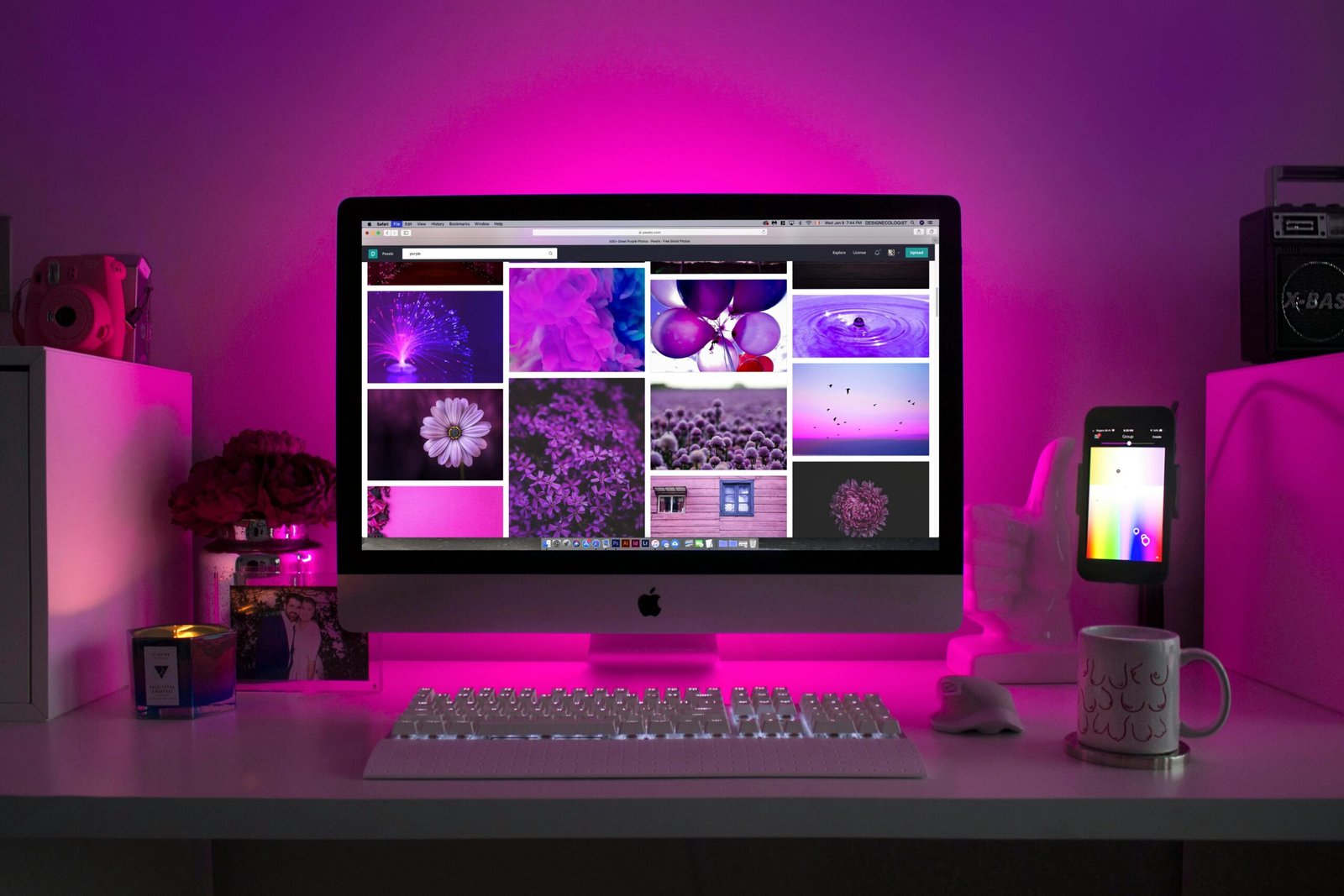You cannot go wrong with Google Pixel mobiles. The company has produced a number of memorable phones, and here we will review one of them.
The Google Pixel 7a is a mid-range smartphone that offers impressive performance, a capable camera system, and a decent display. It is powered by the Tensor G2 chip, which provides smooth and fluid performance for daily tasks, gaming, and even video editing.
The phone’s camera system includes a 64MP main camera, a 13MP ultrawide camera, and a 13MP selfie camera, delivering excellent results in most situations.
The display is a 6.1-inch OLED panel with a 90Hz refresh rate, offering good colour accuracy and brightness.
In this review, we will explore these features in more detail to find out if this smartphone could be worth your time and money.
Let’s get started.
Google Pixel 7a Design
The Google Pixel 7a follows in the footsteps of the more expensive Pixel Sevens with its design, abandoning the previous a-series generation’s styling. It has a single colour for both ‘pieces’ of the rear panel and camera strip in a complementary hue.
The phone comes in four colours: Charcoal, Snow, Sea, and Coral, with the Snow and Sea colours shared with the Pixel 7, and Coral being exclusive to Google’s own store.
The rear cover is made of plastic, which is a departure from the glass used on the Pixel 7 and 7 Pro. This material choice has pros and cons, with plastic being less likely to shatter in the event of a drop but potentially more prone to scratching. The frame is still aluminium and has a satin finish, similar to the Pixel 7 and unlike the 7 Pro’s shiny rails.
The physical controls are the same as on any recent Google phone, with a reverse arrangement of the power key and volume rocker than pretty much any other phone – power above volume. The buttons have a positive, if a bit stiff, click action, and their placement is such that they’re always within easy reach for operation with either hand.
The frame has symmetrical antenna lines on the left and right sides, except for the bottom where there’s just a single off-centre line, to the right of the USB-C port. The bottom is also home to a couple of mesh-covered slits, the right one serving as the bottom speaker’s outlet while the left one is where the primary mic gets its input. The top features a lone mic pinhole, while the left side holds the card tray.
The front of the phone features a relatively small 6.1-inch display with a resolution of 1080 x 2040 pixels and a 90Hz refresh rate. The bezels around the display are slightly thicker than those on the Pixel 7, but they’re not objectively thin to begin with. The fingerprint reader is located on the front of the phone, about 4cm up from the bottom of the screen, and works as fast and reliably as on the 7 or 7 Pro.
Display
The Google Pixel 7a has a 6.1-inch OLED display with a resolution of 1080 x 2400 pixels and a 90Hz refresh rate. The display is an OLED capacitive touchscreen that supports 16 million colours and HDR content. It has a 90.7 cm2 (14.1 in2) screen area with a 20:9 aspect ratio and a pixel density of 429 ppi. The display is protected by Corning Gorilla Glass 3 and has a screen-to-body ratio of approximately 81.8%.
The Pixel 7a’s display is slightly smaller than the Pixel 7’s 6.3-inch screen but has the same resolution and refresh rate. The display is also slightly thicker than the Pixel 7’s, but this difference is not noticeable.
The Pixel 7a’s display has a unique feature that allows it to switch the refresh rate between 60Hz and 90Hz depending on what’s on the screen. This feature provides a smoother and more responsive user experience, especially when scrolling through apps and navigating the operating system.
Overall, the Pixel 7a’s display is a significant improvement over the Pixel 6A’s 6.1-inch OLED display with a 60Hz refresh rate. The higher refresh rate and improved display technology provide a more immersive and responsive user experience.
Camera
Google Pixel mobiles are renowned for their excellent camera system. The Google Pixel 7a is no exception. It has a camera system that includes a 64MP main camera, a 13MP ultrawide camera, and a 13MP selfie camera. The main camera has an 8x Super Res Zoom and optical image stabilization (OIS) and electronic image stabilization (EIS). The ultrawide camera has a 120-degree field of view and phase detection autofocus. The selfie camera has fixed focus.
The Pixel 7a’s camera system is capable of taking high-quality photos with good exposure, colour accuracy, and detail. It also has features like portrait mode, which uses machine learning to separate the subject from the background and create a bokeh effect. The camera app also includes features like night mode, which helps to reduce noise and improve low-light performance.
In a comparison with the Samsung Galaxy A54, the Pixel 7a’s camera system was found to be superior in several ways. The Pixel 7a’s photos were found to have more accurate colour depiction, better detail and texture, and a more natural-looking bokeh effect. The Galaxy A54’s photos were found to be overly washed-out, lacking detail and contrast, and having unrealistic colours.
The Pixel 7a’s camera system is also capable of taking wide-angle photos that are more expansive than those taken with the Pixel 7. The Pixel 7a’s wide-angle camera has a 120-degree field of view, which is wider than the Pixel 7’s 114-degree field of view. This allows for more of the surroundings to be captured in a single frame.
However, there have been some issues reported with the Pixel 7a’s camera system. Some users have reported that the camera only shoots at 1.8MP, which is lower than the expected resolution.
Performance
The Google Pixel 7a has a performance that is remarkable for a phone at its price point. It runs on Google’s Tensor G2 processor, which feels smooth and fluid when performing daily tasks, whether that’s playing a mobile game, scrolling through apps or snapping photos. The processor is capable of handling demanding tasks like video editing and gaming without any significant lag or stuttering.
The Pixel 7a’s performance is comparable to that of the Pixel 7, which is a flagship device. It can handle tasks like exporting video in Adobe Premiere Rush, although it takes slightly longer than the Pixel 7. The phone also has features like Google’s Recorder app, Live Translate, and Photo Unblur, which are unique to Pixel devices and set them apart from other Android devices.
In terms of benchmarks, the Pixel 7a scores slightly lower than the Pixel 7, but the difference is not significant in real-world usage. The phone’s performance is snappy and responsive, making it suitable for everyday use.
Overall, the Pixel 7a’s performance is impressive considering its price and is a major selling point for the device.
Battery
The Google Pixel 7a has a 4,385mAh battery, which is slightly smaller than the 4,410mAh battery found in the Pixel 6a. However, the Pixel 7a has a more efficient processor, the Tensor G2, which helps to extend battery life. The phone supports 18W wired charging and 7.5W wireless charging. It takes around 2 hours to fully charge the battery using a 30W charger, and around 3 hours using wireless charging.
In terms of battery life, the Pixel 7a has an average battery life of around 31 hours, which is two hours more than the Pixel 6a. It can last for around 9 hours and 7 minutes of video playback, 15 hours and 27 minutes of web browsing, and 4 hours and 20 minutes of gaming.
The phone also has an Extreme Battery Saver mode that can extend battery life up to 72 hours by disabling most of the phone’s features. Overall, the Pixel 7a’s battery life is decent and should be sufficient for most users, although it may not be as long-lasting as some other phones in its class.
Conclusion
The Google Pixel 7a is a solid mid-range smartphone that offers impressive performance, a capable camera system, and a decent display. While it may not be a significant upgrade over the Pixel 6a, it still manages to hold its own against the competition.
The Pixel 7a’s performance is powered by the Tensor G2 chip, which provides smooth and fluid performance for daily tasks, gaming, and even video editing. The phone’s camera system, which includes a 64MP main camera, a 13MP ultrawide camera, and a 13MP selfie camera, delivers excellent results in most situations.





